Scoliosis—a sideways curvature of the spine—can develop quietly in children, often with no pain or obvious symptoms at first. But early detection is crucial, as untreated scoliosis can progress and lead to long-term complications with posture, lung function, and self-esteem.
In this blog, we’ll explore the key warning signs of scoliosis in children, when to seek medical attention, and how modern treatments are helping kids live active, confident lives.
What Is Scoliosis?
Scoliosis is a condition where the spine curves sideways in an “S” or “C” shape. It most commonly appears during the growth spurt just before puberty, typically between ages 10 and 15, although it can affect younger children too.
There are different types of scoliosis, including:
- Idiopathic Scoliosis (most common): No known cause; tends to run in families
- Congenital Scoliosis: Present at birth due to abnormal spinal development
- Neuromuscular Scoliosis: Linked to conditions like cerebral palsy or muscular dystrophy
- Syndromic Scoliosis: Associated with genetic syndromes such as Marfan or Rett syndrome
Why Early Detection Matters
Scoliosis can progress quickly during periods of rapid growth. If left untreated, it may result in:
- Noticeable deformity of the back or ribs
- Pain and stiffness
- Uneven shoulders or hips
- Reduced lung capacity in severe cases
The earlier scoliosis is diagnosed, the more effective and less invasive treatment can be.
Warning Signs Parents Shouldn’t Ignore
Here are some key signs that may suggest your child has scoliosis:
- Uneven Shoulders: One shoulder appears higher than the other
- Prominent Shoulder Blade: One shoulder blade sticks out more than the other
- Uneven Waist or Hips: One hip seems higher or more prominent
- Leaning to One Side: The child may appear to tilt or lean when standing
- Visible Spinal Curve: A curve may be noticeable when the child bends forward
- Clothes Fit Unevenly: Shirts or pants may hang unevenly due to spinal misalignment
Scoliosis is usually not painful in early stages, so visual signs are the most important clues. Routine physicals and back screenings at school can help spot scoliosis early—but as a parent, being observant at home is just as important.
How Scoliosis Is Diagnosed
If scoliosis is suspected, a pediatric orthopedic specialist will:
- Perform a physical exam, including the “Adam’s Forward Bend Test”
- Measure the spinal curve using X-rays (expressed in degrees as a Cobb angle)
- Determine progression risk, based on age, bone maturity, and severity of the curve
Treatment Options for Scoliosis in Children
The treatment approach depends on the severity of the curve, age of the child, and whether the spine is still growing.
1. Observation
For mild curves (less than 20 degrees), regular monitoring every 4–6 months ensures the curve isn’t progressing.
2. Bracing
If the curve is moderate (20–40 degrees) and the child is still growing, a custom back brace may prevent further progression. Bracing doesn’t reverse scoliosis but is highly effective at stopping it from worsening.
3. Surgery
In severe cases (usually curves over 45–50 degrees), especially if the curve is worsening, spinal fusion surgery may be recommended to straighten and stabilize the spine.
Modern surgical techniques are safe, and recovery outcomes are excellent when done by skilled pediatric orthopedic surgeons.
Emotional and Social Support
Adolescents with scoliosis may struggle with self-esteem, body image, or anxiety. Encourage open conversation and connect with support groups if needed. Many children and teens continue to thrive socially, academically, and athletically with proper care.
Why Choose Child OrthoCare?
At Child OrthoCare, we offer expert care for children with spinal and orthopedic conditions. Dr. Nargesh Agrawal, a trusted Pediatric Orthopedic Surgeon, provides thorough scoliosis evaluation, early diagnosis, and personalized treatment plans—including advanced bracing options and surgical care when needed.
Our compassionate, family-centered approach ensures that your child receives the care and support they deserve through every stage of treatment.
Visit Us:
Child OrthoCare Clinic
Call Us: +91-9873191340
Worried About Your Child’s Posture or Spinal Alignment?
Don’t ignore the early signs. Schedule a scoliosis screening at Child OrthoCare today and take the first step toward a healthy spine and confident future for your child.






